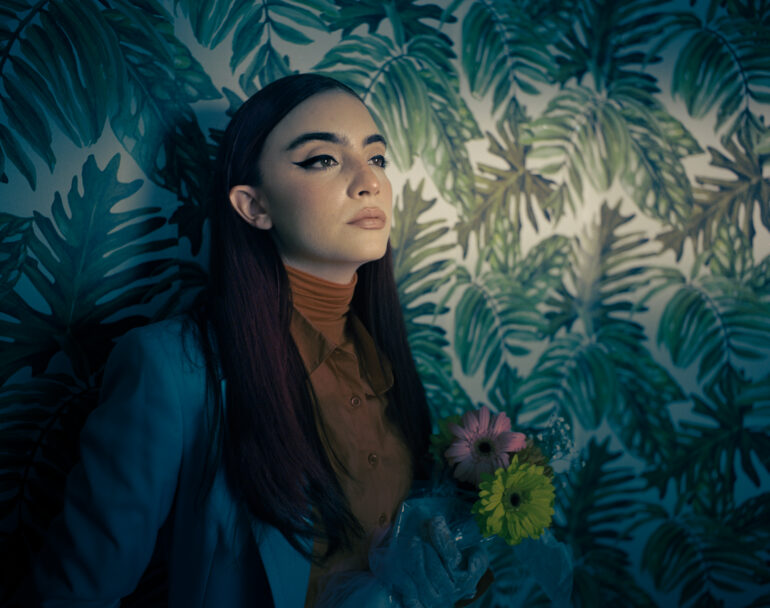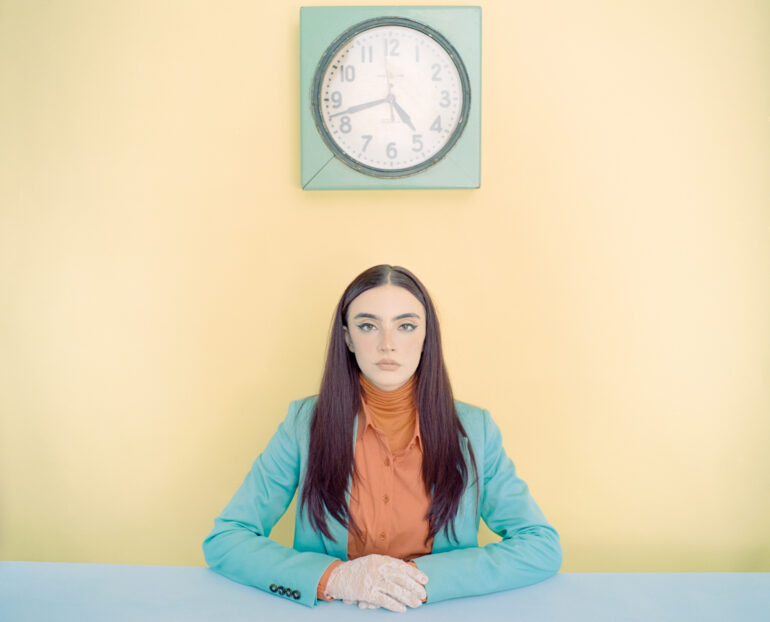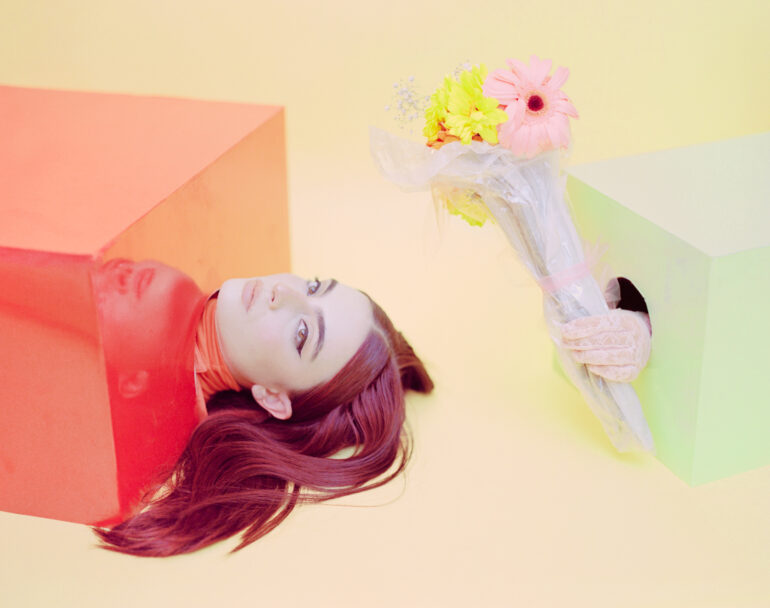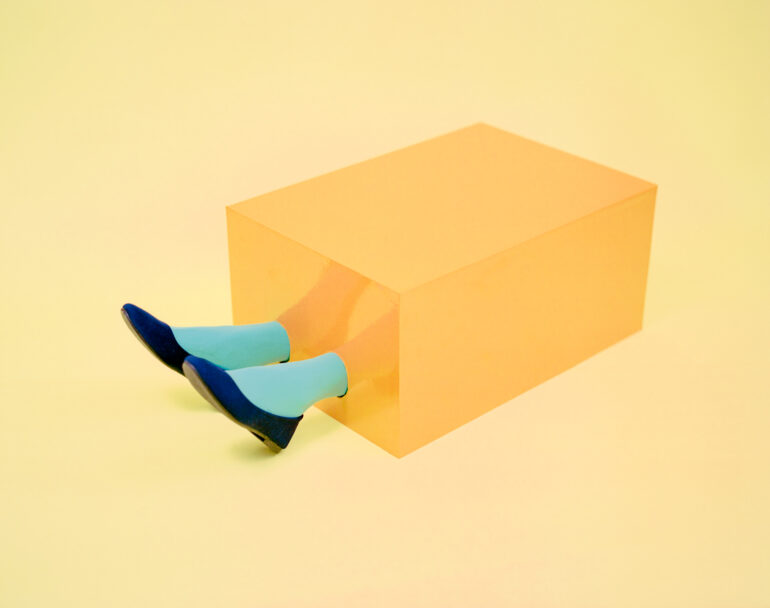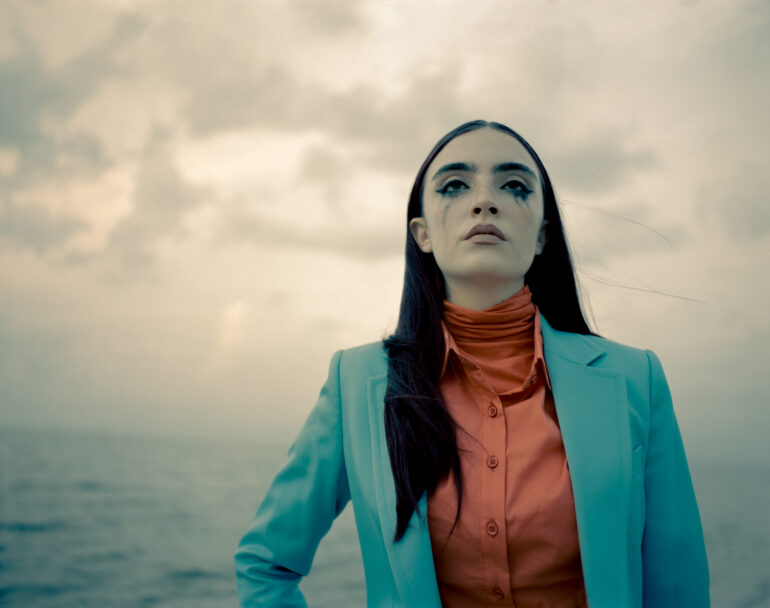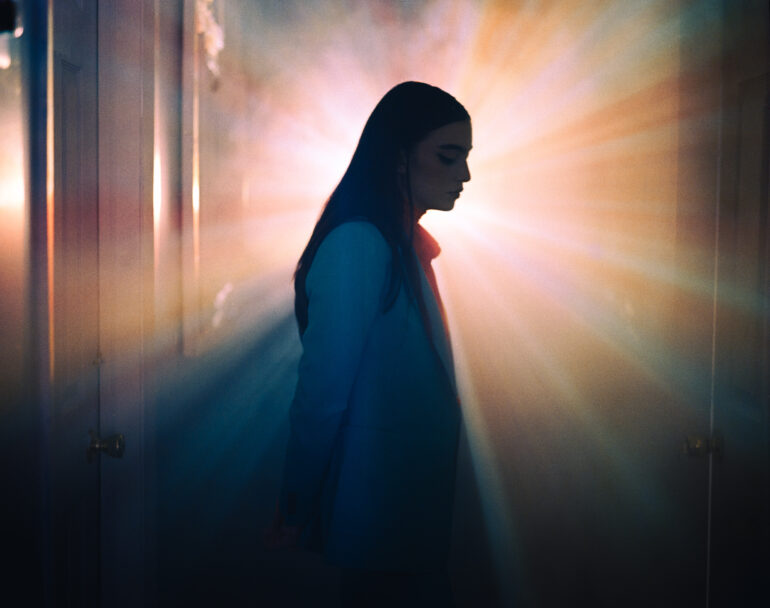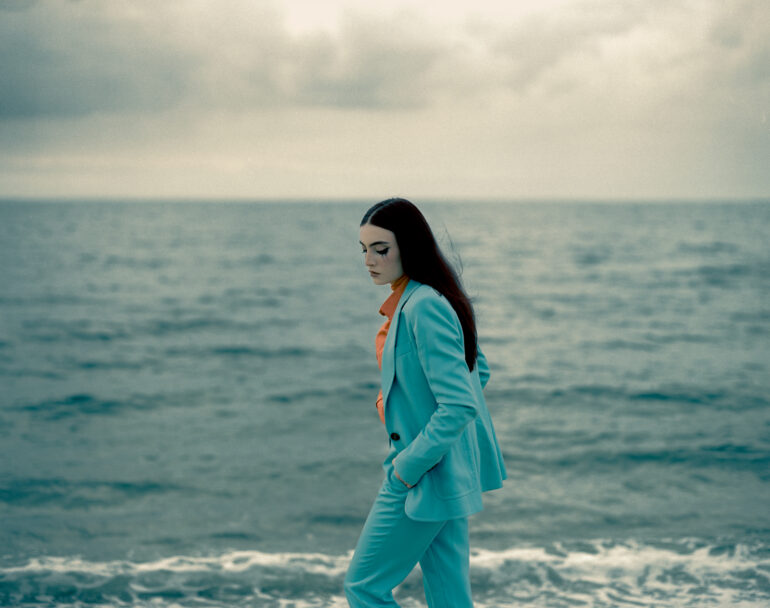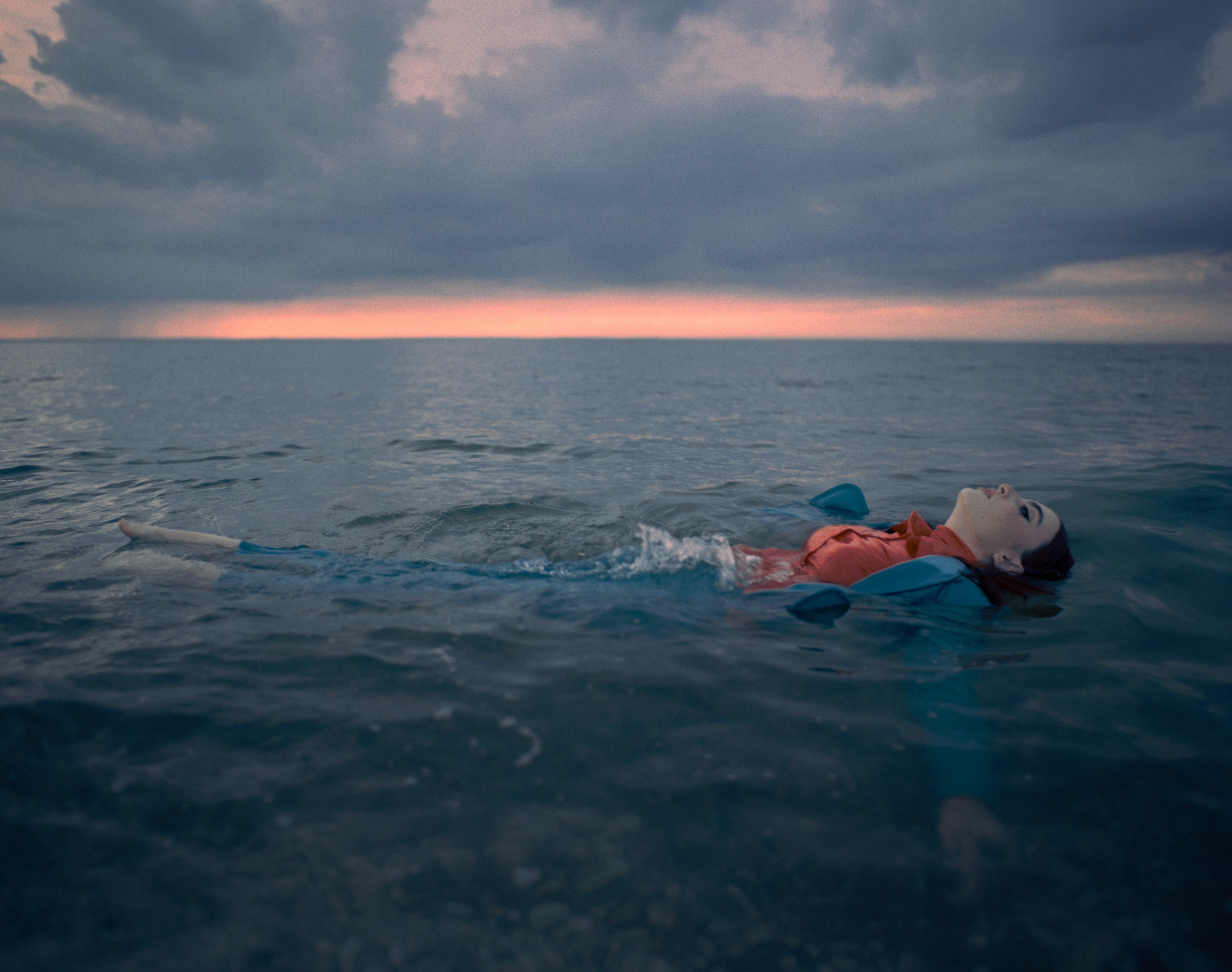Photographer Mauro Lepe grew up in Chile, where skateboarding was a major part of his life. He was always surrounded by skateboard magazine photographers setting up flashes and shooting the skaters. “…we were just a bunch of crazy kids living in a one-bedroom apartment living off beer and ramen noodles,” he tells the Phoblographer. “I guess I felt we didn’t seem important enough to be shot with such professionalism, but those photographers made you feel important no matter who you were, and that really stuck with me. Unfortunately, being able to afford a camera was out of the question, but I promised myself that one day I’d pick one up.” That’s how he got into film photography.
All images by Mauro Lepe. Used with permission. Be sure to check him out on Instagram.
Mauro adores the Pentax 67 and uses it for lots of his work. He used to shoot 35mm, but to him, the 67 was a game-changer. Additionally, Mauro builds his own props for the set with woodworking tools.
Looking at Mauro’s work, you see inspiration from cinema and pastel palettes. But more importantly, you see very meticulously crafted images
“I tend to base my photos on past experiences: mistakes, regrets, failures, and even trauma,” he tells us. “I guess these things affect people in a variety of ways. Some people find it really easy to move on, and for most, these have a lasting impact.” These days, Mauro tries to recreate scenes from his past and present in a fictional linear narrative. To him, it’s a way to take control of the thoughts that go through his head. In this way, he can move on and let go.
“It’s very therapeutic if that makes any sense.”
Mauro Lepe
His photos are all done on film — which lends itself to the authenticity we don’t see much these days in digital. He’s inspired by abstract painters like O’Keeffe and Joan Mitchell.
Planning the shoots out is a hugely important thing for Mauro. He doesn’t like leaving things to chance. Because of this, he’ll plan a shoot a few weeks ahead because he wants to be fully in control. He even does this for the set, the clothing, etc. “The model is also key since she’s in charge of transmitting the emotion of what’s taking place, no matter how weird the set might be,” he tells us.” All this is part of Mauro’s healing process. To that end, he thinks that photographers who use AI are totally fine.
“There shouldn’t be rules to this. we all should be able to express ourselves in any way we see fit.”
